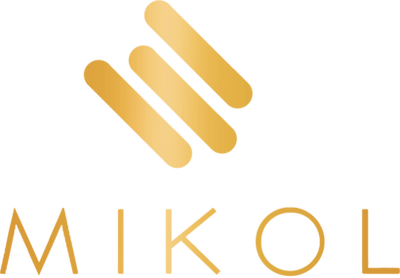- Home
- Shop
- Living
- Blog
- MIKOLITE
- SinterTech
- About
- Gallery
- Sign in
April 15, 2018 1 Comment

The great Nikola Tesla and his grand plan to deliver wireless energy to the world. Tesla certainly was the pioneer in this field. However, due to the limitation of the technology in his era around the late 19th and early 20th centuries, it was not practical back then to support this idea.
But now, with almost everything wireless, especially the mobile phones that we cherish so dearly these days. Wireless charging will slowly evolve into our daily lives.
We are still in the infancy stage of wireless charging. Unlike Tesla's plans of delivering electricity by air, the devices being charged still must be in contact with the charging platform. At the moment, the term "wireless" just means it's not charged through a plugged cord.
On the market, there are currently two major wireless power standards. The most known one to consumers is called Qi.
Qi is the product of a group of companies known as the Wireless Power Consortium. The other is the AirFuel Alliance, which makes an array of devices that generally carry the brand name PowerMat.
Even though these two are competitors, the technology used is essentially the same. And most devices will be compatible with one or the other.

Most of the time, the wireless chargers are built with two coils such as the photo above. To create an electrical connection, one coil acts as a transmitter and the other a receiver.
The technical term is called "resonant inductive coupling".
Resonant or inductive power transfer works by having a direct current (DC) supplied to the charging system by a power source.
The coils you see is transmitting energy into alternating current (AC) within the transmitter itself.
The AC energizes the transmitter coil to generate a magnetic field. Once you have a receiving coil nearby, this triggers the AC within that receiving coil. It also happens in reverse to charge your receiving device.
Think about electric stoves and how it heats up your pan. The process works very similarly with the wireless charging. But instead of heating up a pan, it powers up your device's battery.
There are several benefits to wireless charging. But the most obvious one is to not have a bunch of tangled or messy cords. Wireless charging pads allow producers to make beautiful aesthetically pleasing stands to easily find and charge your iPhone X.

It also allows manufacturers to include more functions, such as cutting the power when your iPhone is overheating, or if the battery is fully charged.
The previous wireless charging pads you experienced at Starbucks or Ikea were really slow.
Ever since manufacturers found out Apple was going to push for wireless charging in the iPhone 8 and iPhone X as well as their own charging standard. Everyone quickly improved the wireless charging technology speeds and stability.
As a design and production firm, our team at MIKOL wanted a high quality, fast charging wireless pad that was also beautiful enough to display in people's living spaces. A charging pad that can blend in as a decorative item in your home, office, kitchen, etc.

Are you ready for a Qi-compatible charging pad? When it comes to nightstand charging, office charging or something on the side of the table in the living room, why not pick something that fits into your home decor?
Comments will be approved before showing up.

Miguel A Puente
May 05, 2020
im a Marble and Granite slabs and tile business in Mexico. I would like to offer counter tops to my clients with an option for wireless charger. so im looking for a supplier for this sistems.
I would apreciate any info you can give me.
Regards
Miguel A Puente
miguel@puente.com.mx